Thigh Bone (Femur) Fracture
Fractures of the thigh bone which affect the knee are known as distal femur fractures. The distal femur forms the top part of your knee joint and fractures can extend into the joint, where they are known as intra-articular fractures.
How is it caused?
A fracture to this part of the femur can happen in older people as a result of weak bones (osteoporosis), or in younger people as a result of a high energy impact, such as a fall from a height. A break may extend into the knee joint, which can result in a comminuted fracture, where the bone shatters into several pieces.
What are the symptoms?
Usually, there is severe pain with an inability to weight bear, or an inability to put any weight through the leg, along with swelling, bruising and tenderness. The knee may also look deformed and the leg may seem shorter and/or crooked. You may also have pain in the thigh area.
How is it diagnosed?
A diagnosis made during a medical examination can be backed up with X-rays and a CT scan to show the extent of the damage.
How is it treated?
Non-operative treatment: stable fractures are unlikely to require surgery; rest, bracing of the knee and physiotherapy may be sufficient, along with applying ice regularly to reduce the swelling. It’s important not to apply the ice directly to the skin as this can result in a burn from the ice. The best method is to wrap some crushed ice or frozen peas in a towel and place onto the swollen area for around 20 minutes, four times a day, until the swelling goes down.
Surgery: the type of surgery depends on the fracture and may require pins, plate and wires to hold the bone fragments in place. This is a major injury that could ultimately lead to osteoarthritis, so it’s vital that it’s managed correctly.
Important: This information is only a guideline to help you understand your treatment and what to expect. Everyone is different and your rehabilitation may be quicker or slower than other people’s. Please contact us for advice if you’re worried about any aspect of your health or recovery.
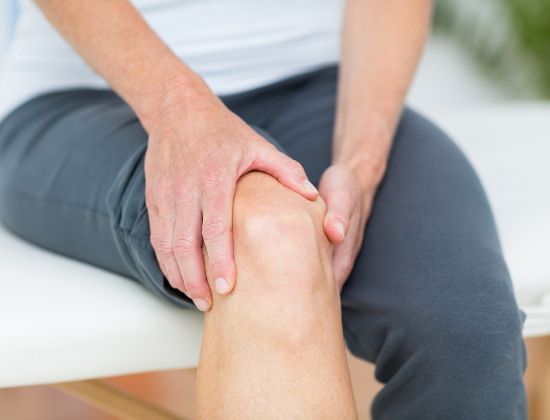
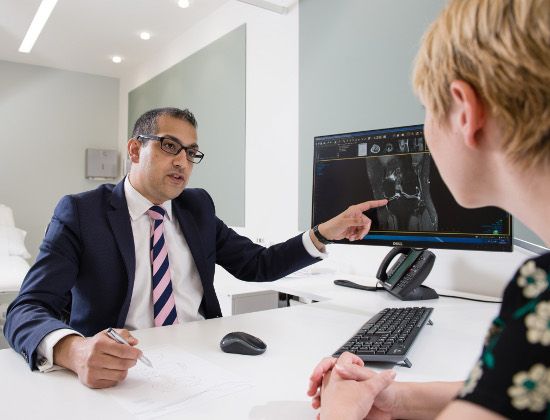
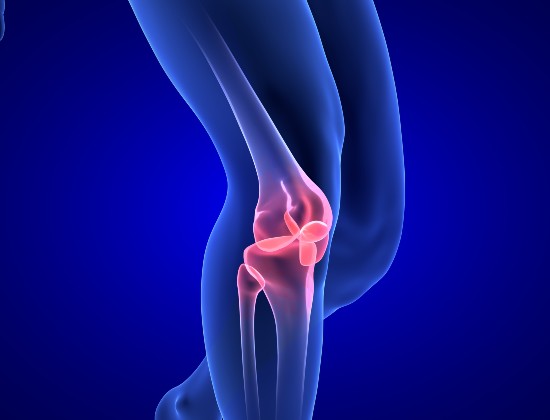
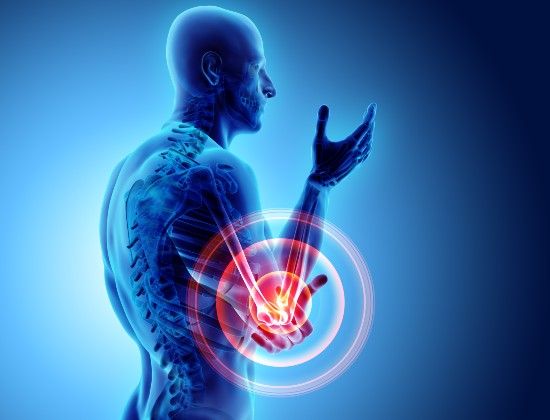
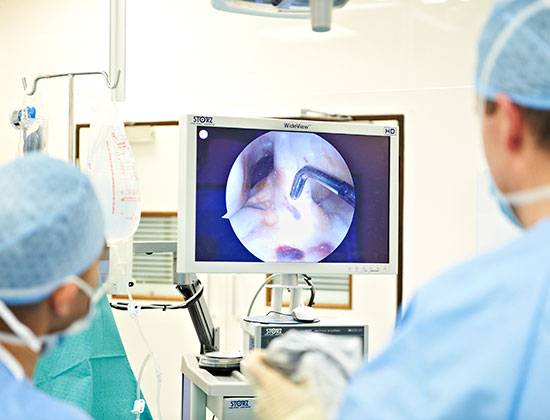









.png)

















